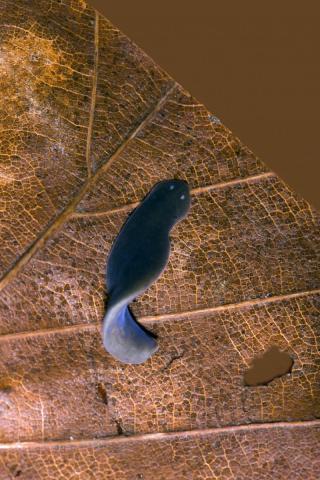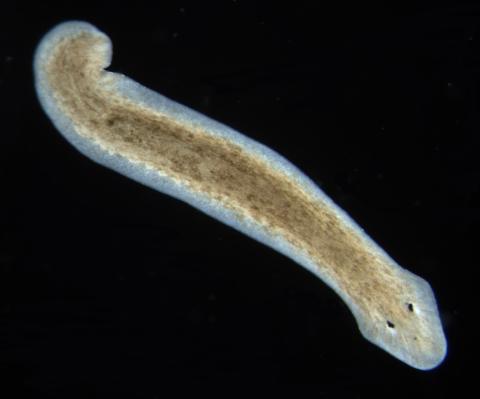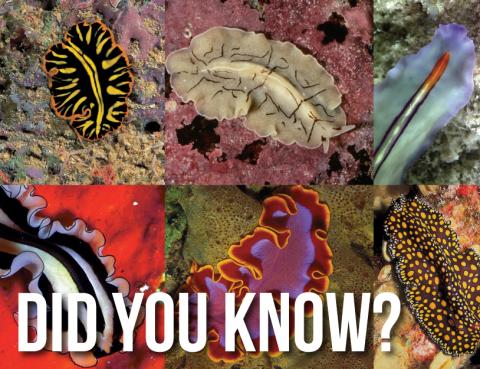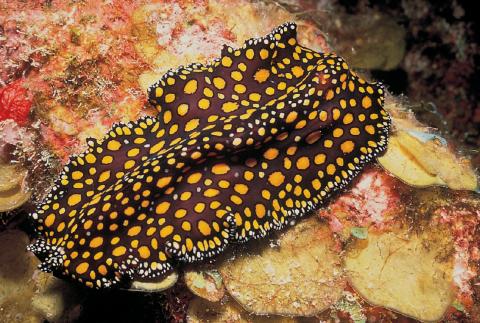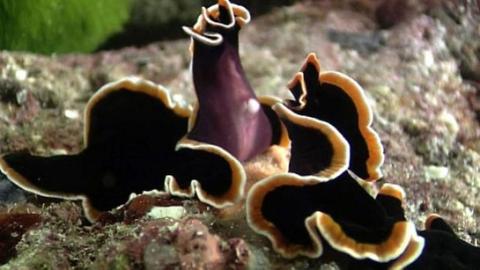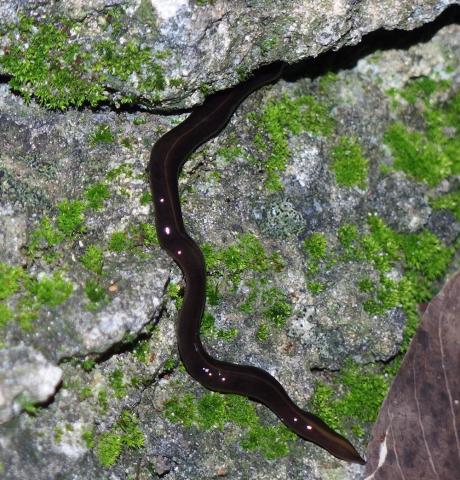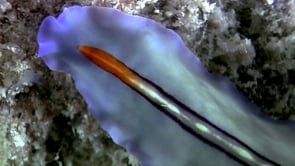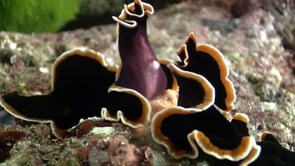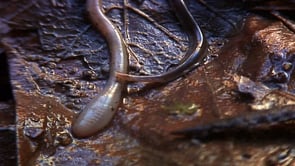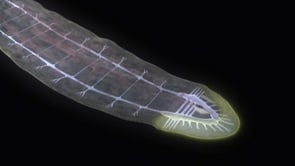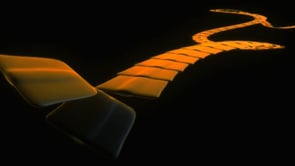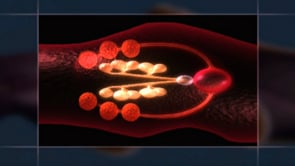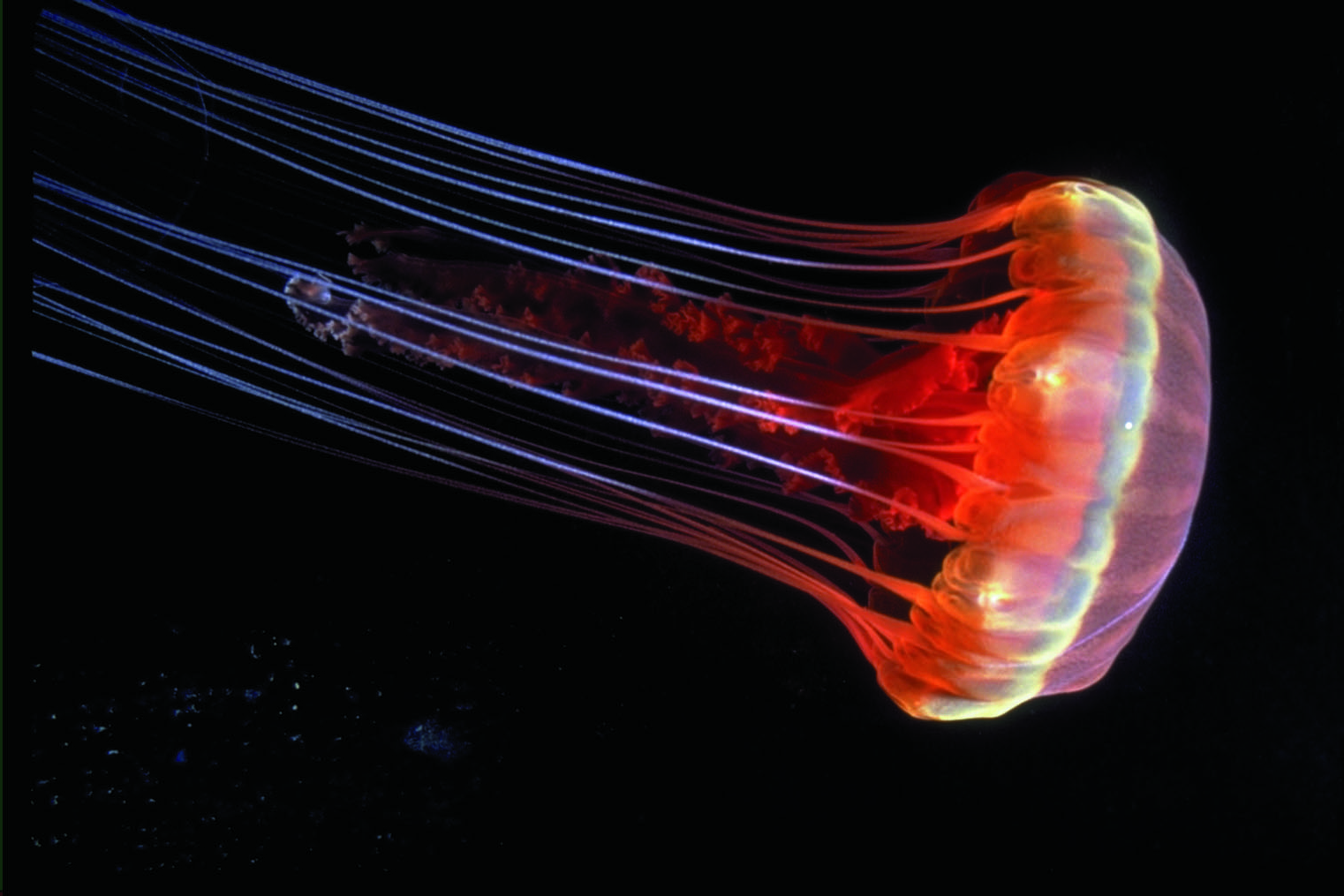

Phyla
Flatworms
Associated Shape of Life Content
Flatworms: The First Hunter Questions
There are three separate lessons here based on questions.
- A list of questions about the characteristics of flatworms to use after viewing the video Flatworms: The First Hunter.
- A Shape of Life: The First Hunter worksheet. Students make sketches and write short answers to questions about the amazing world of flatworms. This was created by Rachel Miller from Science from Scratch.
- A Powerpoint with questions to use while watching the video Flatworms: The First Hunter.
Warning Coloration In Flatworms
Find out why we’re alarmed when we see brightly colored or contrasting colored animals.
Fantastic Flatworms Lesson Plan
Students explore flatworm adaptations through short Shape of Life Videos and student-centered activities in the 5E Instructional Models.
Marine Flatworms
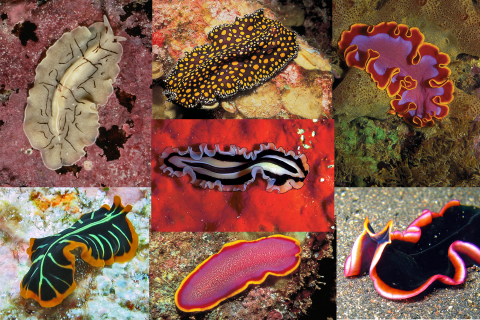
Who Was "Hunter Eve?"
The paleontological evidence of the first animal to hunt is tiny trails that have been fossilized in rocks. To start this lesson, students will consider the tracks and traces left by modern animals and what they can learn about an animal from its tracks.
Flatworms: Getting Ahead, An Explosion of Life
When you collect marine animals, there are certain flatworms so delicate that they are almost impossible to capture whole, for they break and tatter under the touch. You must let them ooze and crawl of their own will onto a knife blade and then lift them gently into your bottle of seawater.
Flatworms: An Ancient Body Plan
Around 20,000 flatworm species today have the same basic body plan that appeared roughly 500 million years ago.
Flatworms' Role in the Ecosystem
Marine flatworms are mainly carnivores that prey on tiny animals (protozoa, copepods and other worms) or feed on immobile animals such as bryozoans and tunicates. Flatworms play a role in many food chains. Some flatworms are parasites and parasites of all sorts are essential to most food webs and even in some food webs make up the majority of the biomass.
Flatworms and Climate Change
Some species of intertidal flatworms may be able to adapt to changing conditions due to climate change.
Flatworms and Human Interaction
Parasites cause the vast majority of human interactions with flatworms. Flukes and tapeworms are the two groups of parasitic flatworms. And many can infect people sometimes causing disease.
Paleontology of Flatworms
Researchers say tiny marine worms called acoels may be one of the closest living representatives of the first bilaterally symmetrical organisms. Using DNA analyses, the team concluded not only that the acoels don't belong with other flatworms, but that they alone represent a living relic of the transition between radially symmetrical animals such as jellyfish and more complex bilateral organisms such as flatworms.
General Information about Flatworms
Read: Getting A Head The First Hunter from the Shape of Life book.
Are Planarians Guiding Us to a New Way of Healing?
Planarians are small flatworms known for their amazing ability to regenerate. As the naturalist John Graham Dalyell wrote in 1814, planarians could “almost be called immortal under the edge of the knife. They can tear themselves in half and regrow complete bodies. They can retain memories despite decapitation. And if you chop them into little pieces, each piece will start acting like a perfectly intact worm.“
Planarians
